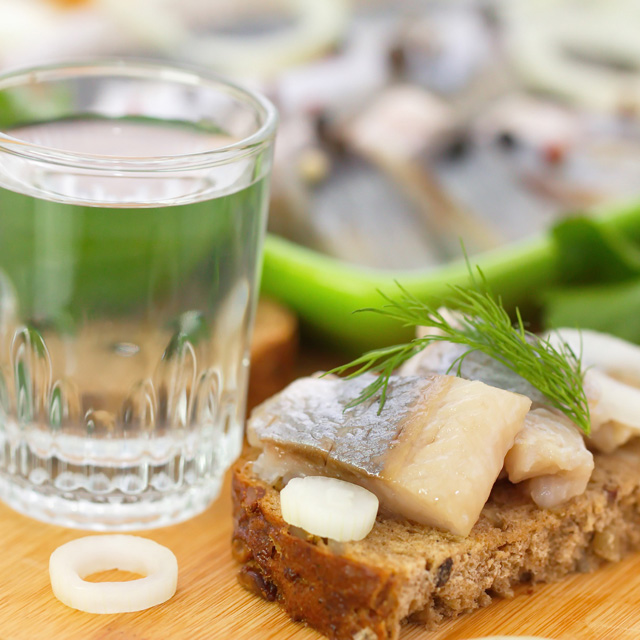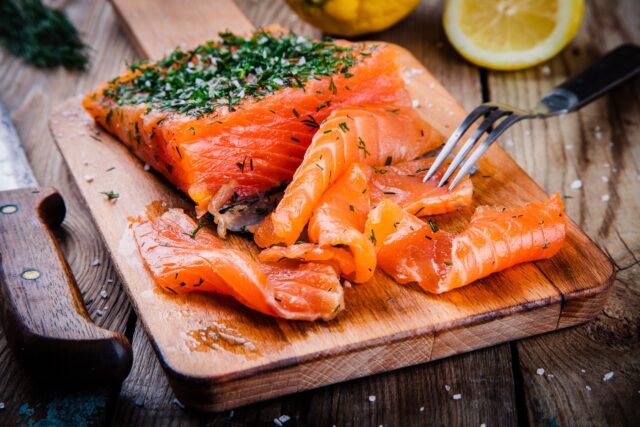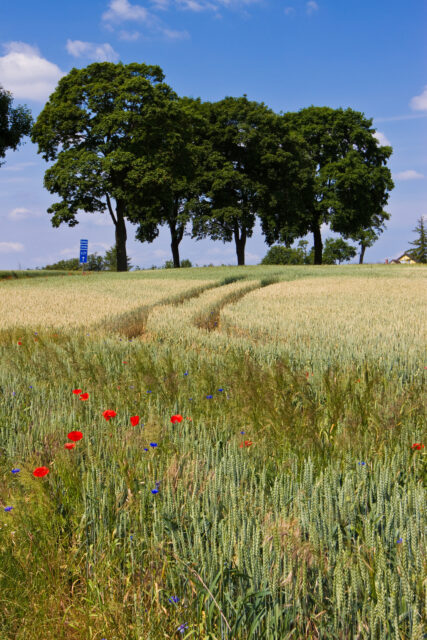
So Cold I’m Fermenting My Surströmming Off!
In a landscape that is as rugged as Scandinavia’s is, and with half the year is shrouded in frigid darkness, fermentation is an absolute necessity to even survived. And to see the people of the region now it is clear to see that on every level, from art and culture to technology to health and wellness they are thriving to say the least could it have been the food?
All too often lately we’re surrounded by negativity. We wake to broadcasts of events at home and afar which make our blankets seems like the best place to spend the day. And we end our days the same as well it seems. With all the technology, advances in health care, creature comforts only imagined a few generations ago belonging to more and more of us, how many times have you felt your life out of balance. All that time behind a desk, sitting in meetings, on a long commute home too tired to cook a proper meal.
I could just be me, or it could be every single metric we use to judge just had make a life well led, but it sure seems Scandinavia’s got things pretty sorted. Fit, sturdy, bright-eyed confident people living well-balanced, cleanly, ordered lives. Could it be the food? Well, there’s a lot more to it to be sure, but let’s have a look at the food anyway. Particularly the fermented foods of Scandinavia.
Fermenting As a Means Of Surviving the Cold
Traditionally, Nordic families were mostly self sufficient, with commercial scale farming, fishing and baking making up a very small percentage of harvested and prepared food. Much of this food, fruits and vegetables, meats and fish, grains and dairy, was preserved in one of many ways, dehydration, salting, pickling, smoking and or course fermentation.
Fish In a Barrel
In Japan, and for good reason, the fish we eat is of the freshest in the world. Of course canned, smoked, cured and dried varieties are also widely enjoyed here, in Scandinavia, fermented fish is an automatic association. Drying is of course the cheapest and easiest way to preserve fish, but is inappropriate for fattier fish like those most commonly found in colder waters, such as herring, salmon and trout. The fermentation of fish throughout the Nordic regions goes back goes back as far as ten-thousand years!
Dating back to the 15th century, Swedish Surströmming is probably the most talked about and well known of thee fermented Scandinavian fish varieties, with it’s notoriously pungent aroma, it is a tinned, filleted herring, which was traditionally barrel fermented in the heat of the summer sun for the first day. Fermentation was the adopted due to the scarcity in those remote areas of salt hundreds of years ago didn’t allow for the regular salt packing method usually used with preserving herring. It is usually eaten on buttered flatbread with onion and potatoes. Norwegians use a very similar method of fermenting trout or char called rakfisk.
Iceland overs up a delicacy called Hakarl. High in urea and other potentially lethal poisons, which behave as an antifreeze of sorts, the flesh of the Greenland shark still ‘enjoyed’ today in Iceland has been eaten dating back to the days of the Viking. The only way it can be safely consumed is to let it begin to decompose. It is often buried during the fermenting stage before being hung to dry for around six months where the surface mold sinks into the meat. Available year round in Iceland it is generally reserved for special occasions. The taste of the finished product is most often described as ammonia or urine.
A far less challenging lightly fermented fish that always finds it’s way onto any ‘smorgasbord’ or buttered table, is gravlax. The name gravlax means ‘buried salmon’ or ‘grave salmon’ and dates back to the middle-ages, when large hauls of fish would be caught all at once in an isolated area and need to be kept for long periods or transported over great distances. Indispensible to the Swedish diet and widely enjoyed around the world gravlax is easy to make at home and can be flavoured in a variety of ways. A fillet of salmon is simply covered in generous amounts of salt and sugar along with and falvouring you wish, with dill being the most traditional and common, but grated beetroot or horseradish, fennel, lemon, berries, pine needles; anything really. Then it is wrapped, covered in weight, to replicate the sand it was once buried in, left in a cool place (or even refrigerated) for three days or so. Simply remove the salt pack, slice off what you need a continue to enjoy it for up to two or three weeks.
Fermented Dairy Products of Scandinavia
Filmjölk is the Swedish version of yoghurt. Consumed by many people daily as a breakfast staple, each day’s bowl would be made by adding whole unpasteurized milk to some of the previous days bacteria culture. Where most yoghurts are fermented at a fairly high temperature, anywhere between 40 – 45 ℃,the fermentation of filmjölk takes place at room temperature. It is high in folic acid, which is essential to the growth of cells, and lactic acid, which boosts the nutritional value of foods, as well as aiding in digestion. Bifidobacterium lactis a probiotic made famous in Japan is used in making a series of dairy products called ‘Onaka’ from the Arla company since the nineties. This is so healthy that the drinkable yoghurt version is distributed by the United Nations.
Skyr is a fermented dairy product from well-known in Iceland and becoming popular worldwide. Usually thought of as a yohurt, it is technically speaking a cheese and it made from lower fat skimmed milk, left over after cream or curds were removed, as opposed to the full fat whole milk used in filjölk. It’s history dates back to the 9th century, and was at that time popular throughout all of Scandinavia. However, for reasons that no one is quite sure of, at one point it ended up stranded in Iceland and all but disappearing from the rest of the world until recently. It has a mild but deeply milky taste. It is generally eaten at breakfast mixed with honey or fruits, baked into cakes or other desserts and sometimes eaten with fish dishes.
Scandinavian Bread Types
Ancient grains that have recently come into vogue such as, emmer, spelt ,einkorn, kamut and ølandshvede, all have their roots in Scandinavia. There are many types of bread consumed throughout Scandinavia with most being similar to the dense, seedy, sourdough rye breads of the Germanic regions of Europe I describe in a previous article (Sourdough, the Best Way to Raise Your Bread) with most including very high ratios of rye, oats and seeds, as wheat cannot be grown in northern regions of Scandinavia. Some of these include Rugdrod, a dark Danish rye bread, Raikäleipä, a heavy slow-cooked Finnish rye bread that was hung near ceilings to dry and be used throughout the winters, and Swedish Limpa bread, a rye bread flavoured with orange, anise and molasses.
Throughout these regions crisp, flatbreads are just as often consumed, if not more so than their leavened cousins. Among these are Swedish Tunnbröd which can be slightly soft or extremely crisp, Norwegian flatbrød (flat bread) which will usually contain pea and/or potato flour with soured milk acting as the moisture for the dough, and rieska a Finnish potato flat bread. All of these, and a host of other biscuit-like breads are either buttered and eaten as a base to an open faced sandwich, or broken up and soaked in stews, broths and even yoghurt.
As you can see Scandinavian foods are humble in their ingredients, production and presentation. But are packed with nutrients, low in fat and require little to no work to plate up, making this a diet that is perfectly suited to todays demanding, fast-paced lifestyle, freeing up time design blocky, flat-coloured prints or highly engineers minimalist industrial design, whatever your Nordic soul desires.




